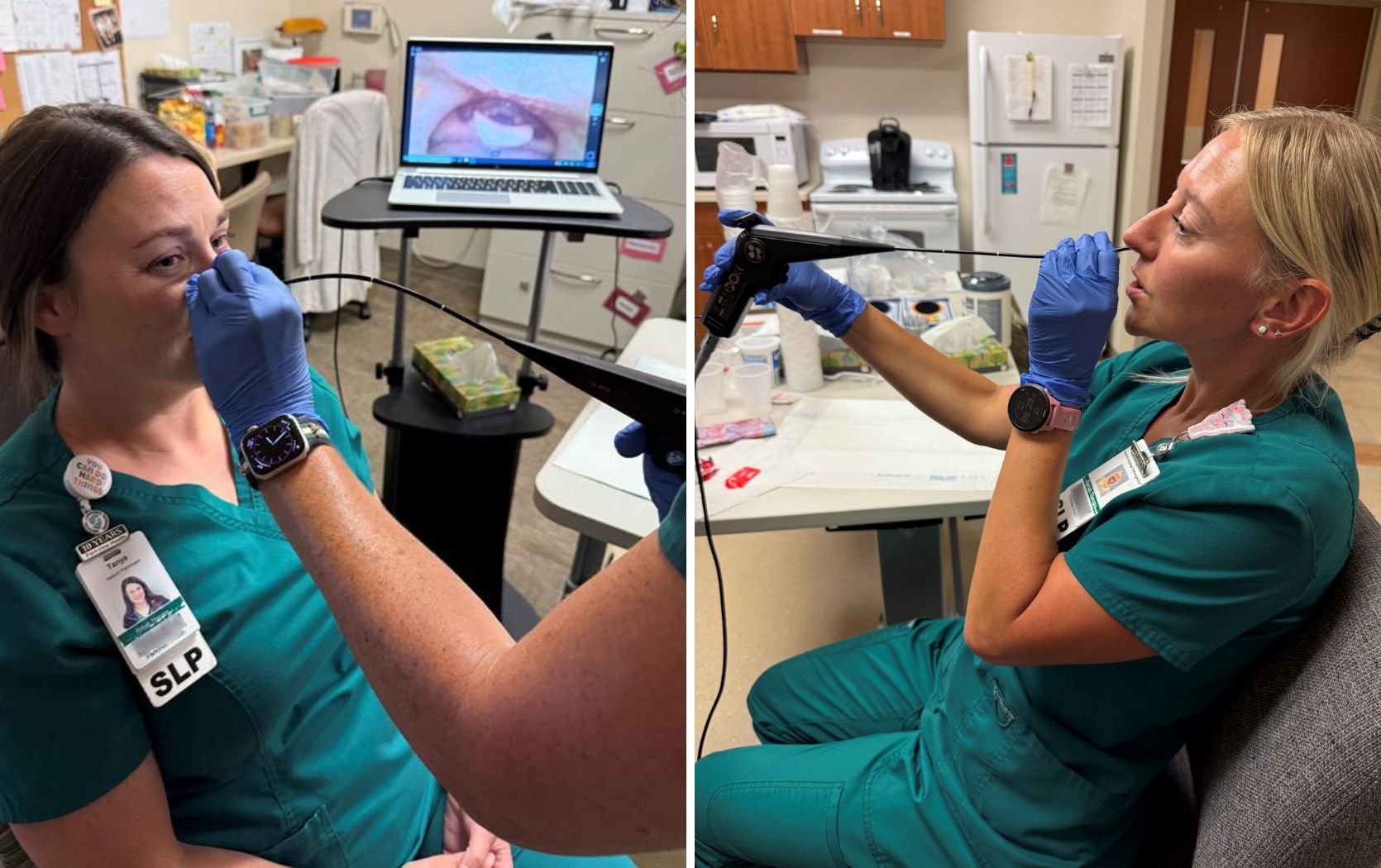
This post was written by Kelly Hutner, PsyD, HSPP and Brian Hutner, PsyD, HSPP, PPG – Pain Management.
At Parkview Physicians Group (PPG) – Pain Management, one of the requirements in our program is to participate in an initial risk assessment with our pain psychologist with the opportunity for follow up therapy sessions with our pain psychologists and/or our pain management therapist. After the initial risk assessment, patients only need to see a pain psychologist on a yearly basis unless otherwise agreed upon. Some individuals are hesitant to meet with a psychologist and often wonder, “Do You Think My Pain is All in My Head?”
We know the pain that you feel is indeed real. We also know that our emotional pain can contribute to our physical pain. That’s why the team at PPG – Pain Management uses a holistic approach to help identify the various methods to decrease the intensity of your pain perceptions in all areas of your well-being. In this post we’ll delve deeper into the connection between mental pain and body pain.
Getting started
In an initial session, patients can anticipate answering several questions about their health history, the source of their pain, mental health or substance use issues. This lays the groundwork for an individualized treatment plan. In addition to identifying the overall history, we ask about any traumatic events that may have occurred. We ask this question because we recognize that the body and brain are in continuous communication, even in our sleep, trauma can interfere with this communication.
Fight, flight or freeze
When the body’s homeostasis becomes imbalanced (such as a stomachache, difficulty breathing or an episode of pain), it alerts the mind of this discrepancy, and an alarm is set off. Like an animal when cornered, this activates survival mode, also known as the fight, flight or freeze responses. In fight mode, emotions are often characterized by irritability, anger, frustration and blame. Flight is marked by feelings of anxiety, worry and fear accompanied by a desire to escape. Experiencing a freeze mode involves sentiments of numbness, sadness and depression, creating a sense of feeling stuck, helpless or hopeless in managing the pain. When survival mode is activated, individuals may be reminded of all the distressing events they have ever had whether physically or emotionally painful.
Triggers
These memories may go back as far as childhood and involve medical trauma, abuse, a car accident or the loss of a loved one. It could be anything that someone has gone through but not been able to fully process. The recollection of the people, places, smells, sensations, names or dates can be categorized as “triggers.” An individual experiencing a trauma-related trigger may become tense, tight in the body and hypervigilant. As the sympathetic nervous system becomes activated in anticipation of perceived danger, sleep, ability to concentrate, appetite and weight are all impacted. This response in the body can lead to a higher intensity of pain.
Treatment
Our goal is to help facilitate identifying these triggers and guiding our patients through processing their trauma so that the emotions and memories associated with the experience don’t contribute to increased pain perception. This can be accomplished with eye movement desensitization and reprocessing (EMDR) and cognitive behavioral therapy (CBT).
Identifying triggers and processing traumatic events can also be overwhelming. For those looking to learn more about the connection between emotions, chronic pain and health issues, we recommend reading “The Body Keeps the Score: Brain, Mind and Body in the Healing of Trauma” by Bessel van der Kolk and “When the Body Says NO” by Dr. Gabor Mate.
The experts at PPG – Pain Management treat a variety of complex, chronic pain needs using the latest treatments, therapies and interventions. Appointments with PPG – Pain Management providers are by referral only. If you suspect you need to see a pain management provider, contact your primary care physician today.



